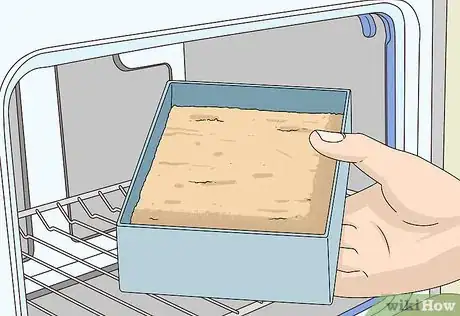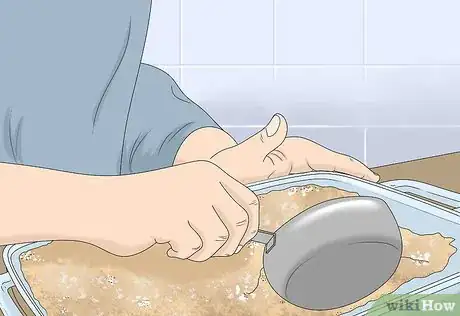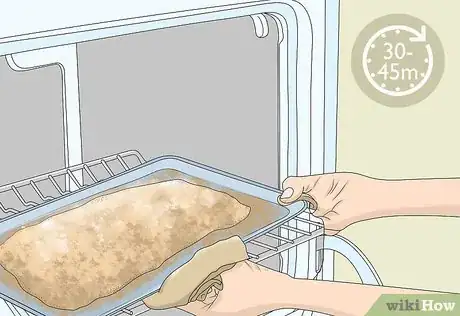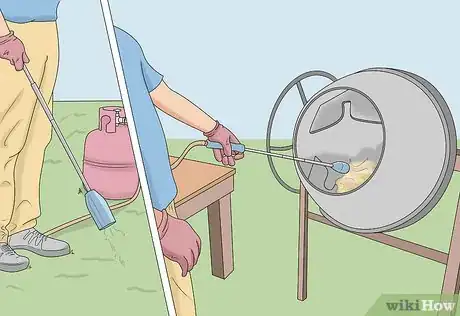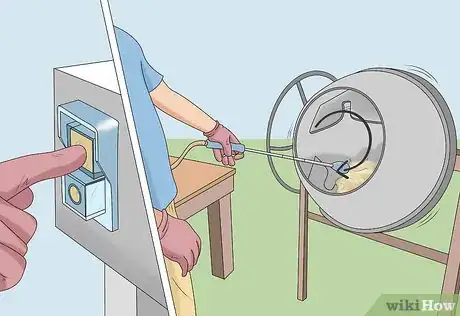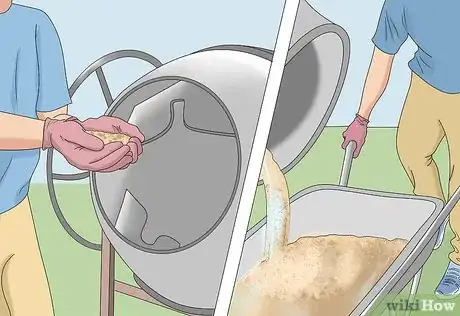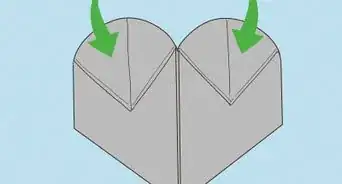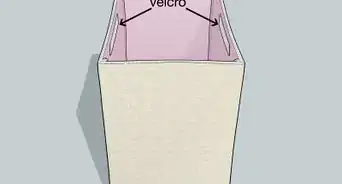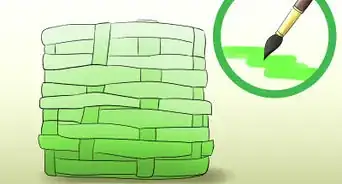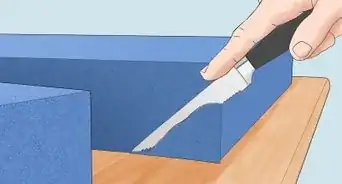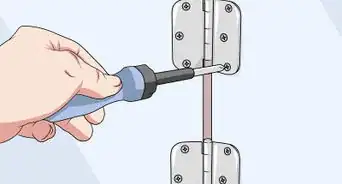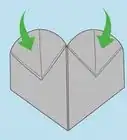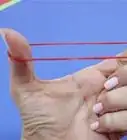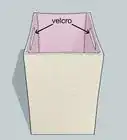This article was co-authored by wikiHow Staff. Our trained team of editors and researchers validate articles for accuracy and comprehensiveness. wikiHow's Content Management Team carefully monitors the work from our editorial staff to ensure that each article is backed by trusted research and meets our high quality standards.
There are 12 references cited in this article, which can be found at the bottom of the page.
This article has been viewed 64,234 times.
Learn more...
Wet sand, whether for a sandbox or your pet's terrarium, can be a pain. For one thing, it can breed germs that put your loved ones at risk. Drying out sand typically requires a heat source and time. You can use the sun, your oven, or if you're using sand for industrial purposes, a cement mixer and a torch. Either of the first 2 methods will also work for drying out sand you bring home from the beach and want to use for crafting purposes.
Steps
Drying Sand in the Sun
-
1Place the sand in the sun in its container. This is the easiest way to dry the sand, whether you have a sandbox or a bucket of sand for a terrarium. Pick a hot, sunny day and set the container in direct sunlight. Make sure to leave the lid off the container.[1]
- If you need it to dry quicker, pour the sand out on a large blanket and spread the sand out evenly. Set that in the sun. Weight the edges down with rocks so it doesn't blow away.
-
2Stir the sand every 30 minutes or so. The sand on the bottom will take a lot longer to dry than the sand on the top. If you stir it up every so often, the drying will go much faster.[2]
- The sand may take several hours to dry, depending on how hot the day is and how wet the sand is.
Advertisement -
3Leave the sand out in the sun until it dries. Continue checking on the sand to see how dry it is. Also, watch the weather, as you don't want it to get rained on! When it's dry, you can put it back where it belongs.[3]
Heating Sand in the Oven
-
1Preheat the oven to 250 °F (121 °C). Turn the oven on to get it heating for your sand. You don't want to go too hot, as you want to steam off the water slowly.
-
2Spread the sand out on a baking tray. Choose a disposable baking dish or cover a large baking tray with foil to protect it. Spread the sand out as thin as you can, using more than one dish if you need to.[4]
- Disposable is best as you don't want to reuse the dish for cooking after using it for sand. You could also make a dedicated tray for cleaning and heating sand.
-
3Put the tray in the oven for 30-45 minutes. Set the trays in the oven for 30 minutes, stirring the sand halfway through. Check the sand after 30 minutes to see if it's dry. If it's not, stir it and put it back in the oven for 15-minute intervals until it's dry.[5]
- Alternatively, place the sand outside in the sun on a hot day. You'll still need to stir it every so often.
Using a Cement Mixer to Dry Sand
-
1Place the sand into a cement mixer. Pour the sand into the mixer with a wheelbarrow or bucket underneath to catch any sand that falls out. You can also tip the opening up so it doesn't fall out.[6]
- This works for things like sand for putting greens or sandblasting.
-
2Set up a propane torch or other heat source in front of the cement mixer. A propane torch works best if you aim the cement mixer so sand pours out, and the torch heats it as it falls. Aim the torch along the bottom edge of the mixer with part of the flame going inside.[7] For other heat sources, you can aim them directly into the mixer and let them heat the sand as it tumbles. Make sure to leave about 1 foot (0.30 m) or so of space between the 2 to allow room to vent.[8]
- For instance, you can use an industrial propane heater for this purpose. You can buy propane heaters and torches at hardware stores.
-
3Turn the mixer on to begin tumbling the sand. The mixer will help stir up the sand so that it gets airflow in it and dries out more quickly. Let the mixer go until the sand is completely dry, which will depend on how much you have and how wet it is.[9]
- This will likely go faster with a torch, as it heats the sand as it pours out.
- With a heater, it may take 30 minutes or more. You can turn the heater off after about 20 minutes to let it continue to steam the water off.[10]
-
4Let the sand cool and check if it's dry enough. Once the sand isn't steaming anymore, use a shovel to scoop some out and test the dryness. If it pours easily, it's likely dry enough for whatever project you need to use it for.[11]
Warnings
- Only work with industrial cement mixers and other tools if you know what you're doing. They can be dangerous if you don't know how to use them. For instance, you can easily burn yourself on a propane heater or torch if you aren't careful!⧼thumbs_response⧽
References
- ↑ https://www.goodhousekeeping.com/childrens-products/a18735/ghri-investigates-sandbox-safety/
- ↑ https://www.goodhousekeeping.com/childrens-products/a18735/ghri-investigates-sandbox-safety/
- ↑ https://www.goodhousekeeping.com/childrens-products/a18735/ghri-investigates-sandbox-safety/
- ↑ https://www.youtube.com/watch?v=4pYYtNPoWVw&feature=youtu.be&t=187
- ↑ https://www.petcoach.co/article/habitats-cleaning-and-disinfecting-reptile-cages/
- ↑ https://www.youtube.com/watch?v=IgDvYRSOh5o&feature=youtu.be&t=66
- ↑ https://www.youtube.com/watch?v=vT-H7Og7HjE&feature=youtu.be&t=4
- ↑ https://www.youtube.com/watch?v=IgDvYRSOh5o&feature=youtu.be&t=76
- ↑ https://www.youtube.com/watch?v=vT-H7Og7HjE&feature=youtu.be&t=11



